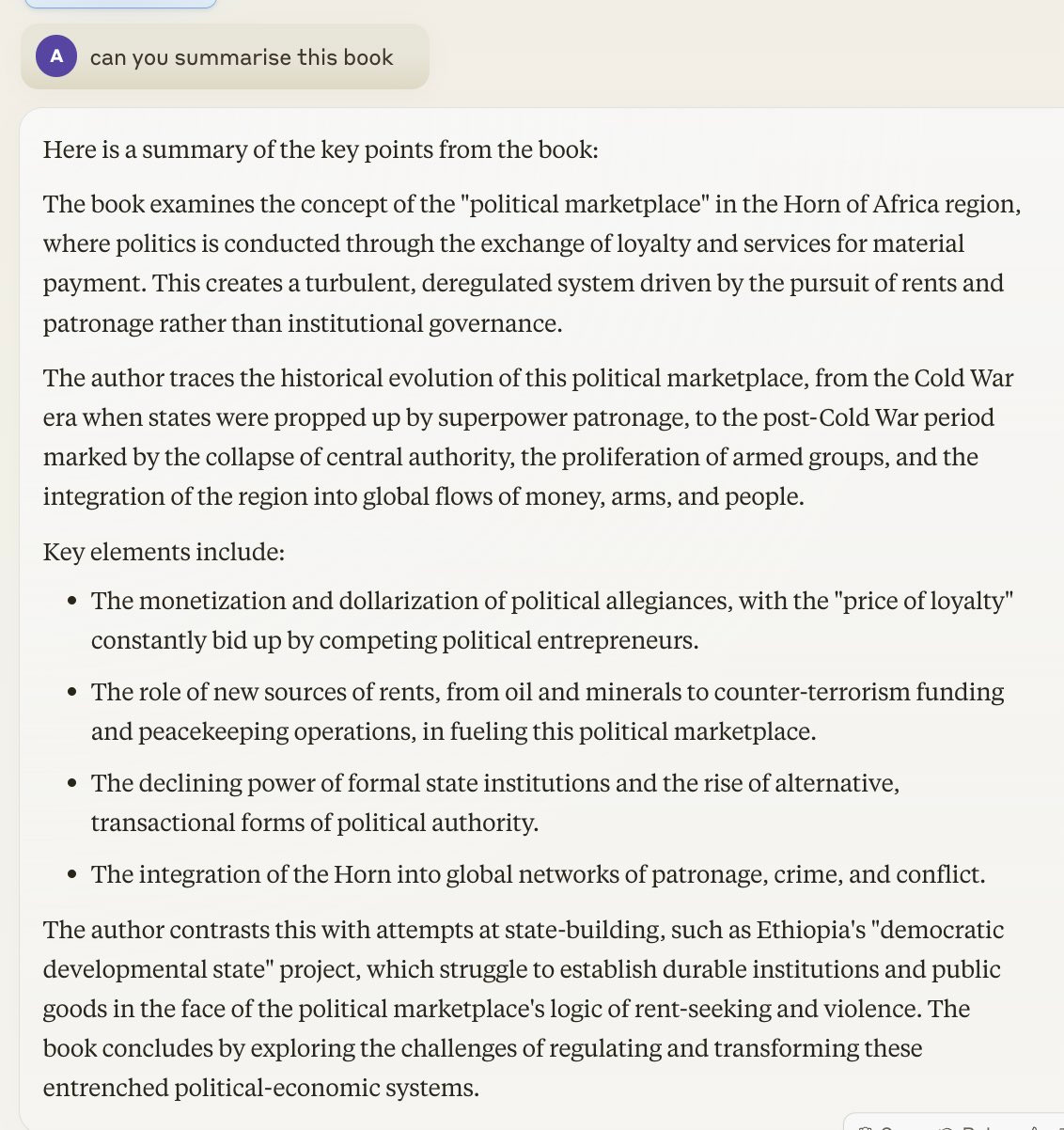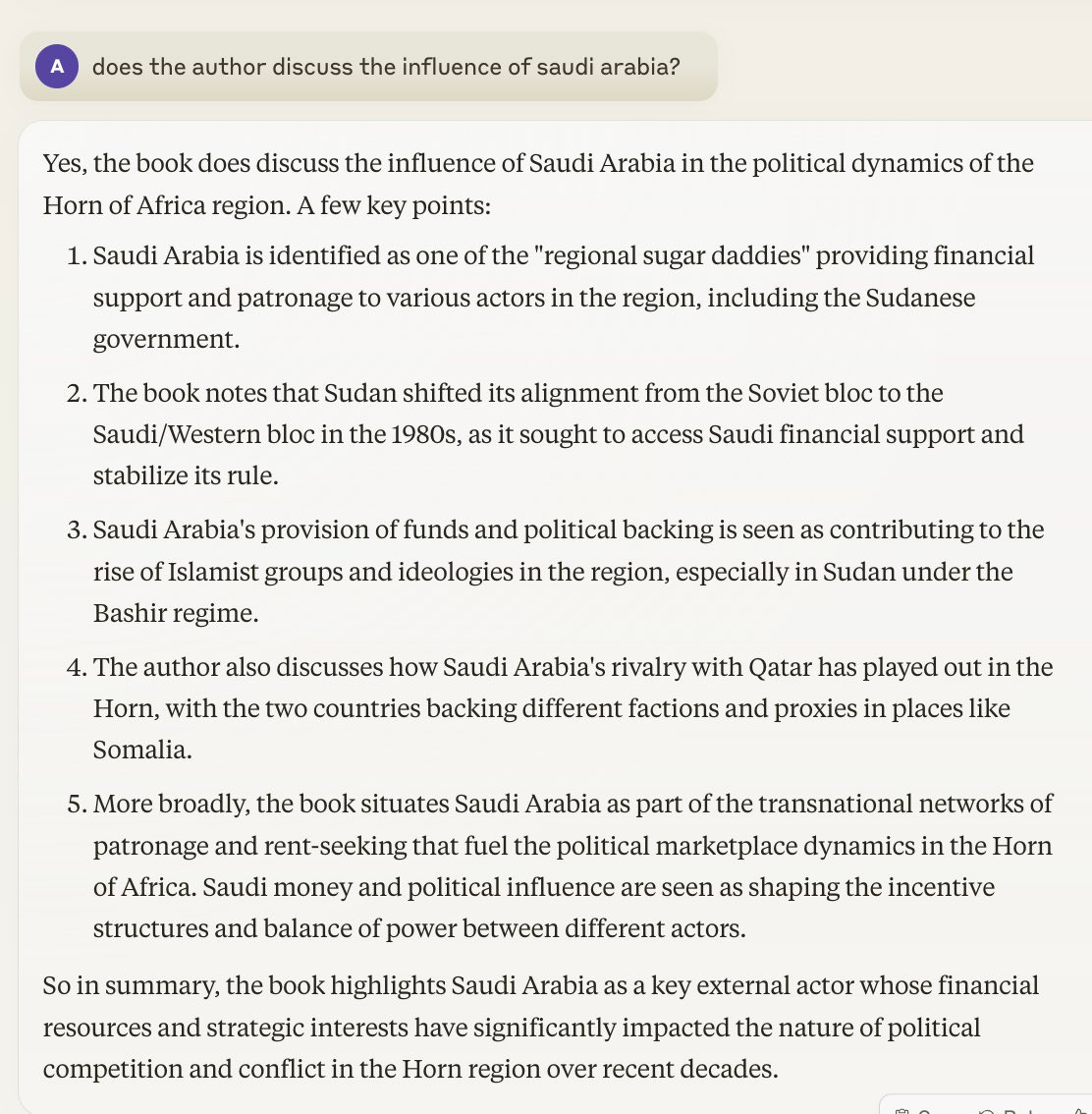Artificial Intelligence is changing the world. ChatGPT and Claude.AI are superb at synthesis and analysis. Students can use these technologies to write college essays, making it impossible to assess their individual abilities. How should we respond?
Ignore, continue as before. Credentials will then become worthless.
Ethical agreements can be signed, promising no plagiarism. But we know this is bogus. The ghost-written essay business is booming.
Trick students. One professor adds ‘trojan horses’. In essay instructions, he’ll covertly write in white, ‘use the word insouciance’.
Presume we’ll be able to tell. But such arrogance is misplaced. Gen-Z is super smart and tech-savvy. Claude is now very advanced, always ready to vary the style, and even write like Ernest Hemingway.
Paper, in-person exams. This seems akin to banning calculators. If we train students for the Stone Age, we should expect zero improvement in innovation.
Is Claude.AI really that good?
Let me show you an experiment. I copied and pasted “The Real Politics of the Horn of Africa: Money, War and the Business of Power” by Alex de Waal into Claude, which gave a superb summary within 5 seconds. I further asked specific questions. Again, Claude excelled.
What’s our goal?
Academic discussions about how to eliminate plagiarism seem rather frustrating. Some professors are effectively saying “How can *I* can continue as before?” “How can I teach the same things and check they’re not cheating with AI?”.
Personally, I’m extremely sceptical of repressive attempts to hammer down rules, dictating to students that they must not use the latest innovations. As advanced economies struggle with slowdowns in productivity, don’t we want to encourage open-minded exploration of the technological frontier? Isn’t that how we make progress?
So, what if we asked a different question:
“How can I enable my students to harness advances in technology to become more creative thinkers and deep learners?”
Skills in synthesis and analysis are absolutely vital, as is the creative ability to harness new technology. So how can we support students to build core skills, while also capitalising on AI?
Suggestions
I teach on the Political Economy of International Development (you can read my textbook here). I think there are several options:
Audio guides for core texts.
Academic texts are often terribly impenetrable (sometimes intentionally so). We should not be surprised if students (studying in their 2nd or 3rd language) use software which make convoluted language more legible.
I make 15 minute audio guides for each core text. Students listen as they read, pausing to respond to my suggestions, e.g. “summarise the methodology, what are its strengths and limitations?”. These are extremely popular, and help students build core skills in synthesis and analysis.
Encouraging students to use technology.
This has several advantages. First, it’s a leveller: ensuring all students are equally knowledgeable about available technology. Second, it actively encourages gains in productivity, exploiting the latest technologies. Third, Claude gives excellent feedback, identifying where the evidence and justification are weak. This is highly valued - as students generally complain about poor quality feedback.
“What’s the primary reason why East Asia got rich?”, “Why is violence so high in Latin America?” Write an essay answering one of these questions, then ask Claude to highlight the limitations. Improve the essay, provide better evidence, and submit along with your conversation with Claude.
Rocking Our Priors. We could encourage students to reflect on new evidence and explain how they updated their beliefs.
In Lecture 1, I’ll ask students to discuss in pairs, “Why do you think some countries are poor, while others are rich? What’s the core driver?”, “How did East Asia become wealthy?”, “And what do you think is the most important priority for international development today”. Using online polling, students will submit their answers.
At the end of the course, I’ll ask them to write an essay, “In studying international development, how have you revised your priors? What did you previously think; what had you overlooked? What data and reasoning was persuasive?”. This encourages reflection and engagement with evidence.
For guidance, I will share my previous post, “3 things I got wrong about patriarchy”, as well as my podcast “What did Acemoglu get Wrong?.
Alternative ideas and suggestions are very welcome!
Further reading
“Super Courses: The Future of Teaching and Learning” by Ken Bain. (He does not discuss AI, but it’s a really brilliant book on teaching and learning more broadly).
Related episodes of Rocking Our Priors
“Power and Progress” with Daron Acemoglu
“What did Acemoglu get Wrong?, with Daron Acemoglu.
Stay tuned for my upcoming episode with Daron, discussing culture.






"Write an essay answering one of these questions, then ask Claude to highlight the limitations. Improve the essay, provide better evidence, and submit along with your conversation with Claude." I like this very much, but I still worry there is someway workaround that lets Claude do "all the work." Perhaps we need a chatbot that doesn't know any content. Students would be allowed to use it as a writing aide. But, that may be theoretically impossible because the bots learn to "write" by "reading" widely.
Great article as always Prof. Evans.
AI, modern digital technology (smart phones, social media, SaaS apps, clouds, APIs, data services etc..).. have shifted the relationship between consumer & producer in every industry or domain they enter.
I think most will agree that 90% of higher university staff are not rock stars that can spend the 100s to 1000s of hours to determine on the own the best way to engage AI, digital, SaaS, Clouds, Smartphones, etc.. you are a unique, elite level professional that is this committed to excellence.
Reality is large scale education systems that must instruct & grow 100s millions of students can't scale on heros but on the lowest common denominator of standards based investment with tools, quality control & support to meet the scale of this historic shift in education.
Modern large university higher education has a fundamental issue in their design of the service & delivery model. It is not built with the undergraduate student at the center of the value or impact but the undergraduate student is adjacent to the university, their staff, research, grants, real estate, financial engineering, health systems, brand, partnerships etc.. that are paramount vs. the undergraduate student.
The AI/Digital/Smartphone/SaaS/API/Data Service wave that is smashing thru all of society world wide is in conflict with the POV of the undergraduate student learner & their ability to engage the legacy pedagogy of modern large undergraduate universities.
What doesn't square with reality for undergraduate students, instructors/lecturers/professors & higher education institutions is how can they all create a modern student user centered approach to manage the coordination problem of meeting education standards of student learning, development, course objectives etc..while embracing next generation technology, AI, learning tools.
At the same time meeting all those above standards, requiring higher education institutions & their staff to develop proficiency in mapping educational pedagogy to the new advancing technology, AI, digital engagement.
This requires enormous investment, time, resources, standards development, learning ethics, tools, deployment etc.. which only the largest university systems have the scale to meet.
One key aspect that is not given much attention is that the design model of the modern large university/college which forces students & their time into instruction based on a legacy term model
with pedagogy, economic, pricing & time approach that is structured, priced, paid for on the term paradigm.
This is why the large university model is a University Industrial Complex that shifts externalities to the students, lower/mid level staff, parents(that support their students)
This creates huge inefficiencies, its not very lean, agile, data, workflow, user/learner centered driven. It doesn't drive a transparent feedback loop with the higher education institution, their instructors, or learner driven, its not based on knowledge acquisition, measuring effectiveness or standard practices that are effective from the learners POV.
Its built on the legacy needs & design approach from last 1000 yrs in European education which is fine when the world only educated 1-5% of its male population in high education :)
But the new universal world which is really pre-k thru 12th yr (3-18yrs old) & university (18-24yrs) is a 20yr learning model with massive universalism (which is great, normal & the standard) but doesn't fit the legacy design of the 19th & early 20th century for university education.
This University Industrial Complex model has been fragmented in 100s of ways to maintain the basic/legacy framework for large universities but that model doesn't really provide the benefits that 80+% of higher education students/families require out of education.
The key universal growth requirements that 80+% of the higher education population need are critical skills for market based employment, basic critical thinking skills, life skills, general knowledge across a few dozen diverse areas of liberal arts, science, humanities, spending time, growing around diverse populations & learning how to be a lifelong learner.
This is what the majority(80%) need for their huge investment in time, money, support, family etc..
10-20% are elite which is what majority of large universities are built around as a student population.
These advanced requirements, very different design needs from our basic university system(for the next 80%), I would argue the system is basically designed for the top 10-20% of students & in some ways the elite of the elite(top 1-3%) who will drive university brand, research, health services, government grants, commercial investment, partnerships university financial requirements (real estate, investments, fundraising etc..)
Which really means that the modern large university is built to drive a handful of outcomes for top 1-3% of the "professional university industrial complex" while the next 15-20% acquire status for the upper middle class & the bottom 80% are stuck in a broken model that forces them to develop only on path that fits the institution not the learner while removing them for 2-6yrs of being able to grow outside the university model.